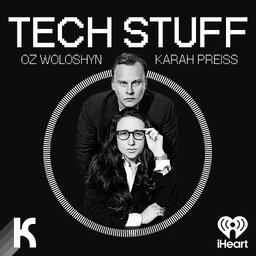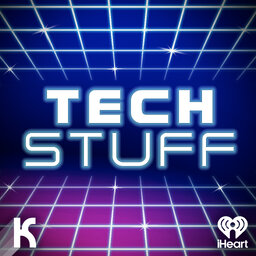Send in the Clones: The IBM PC Story
IBM was known for its business-to-business operations. So when the corporate giant decided to get into the home computer market, people took notice. How did IBM establish the PC as the de facto standard in home computing?
Learn more about your ad-choices at https://www.iheartpodcastnetwork.com
 TechStuff
TechStuff


